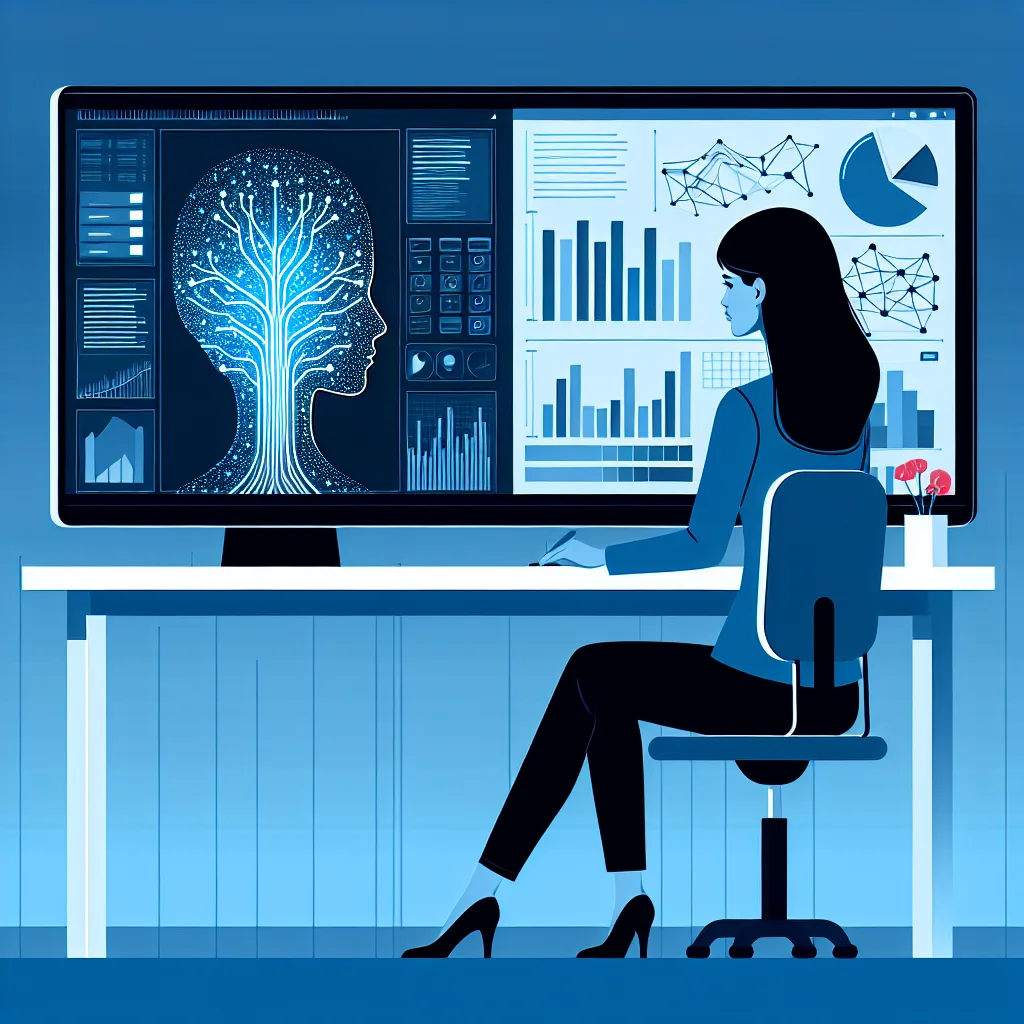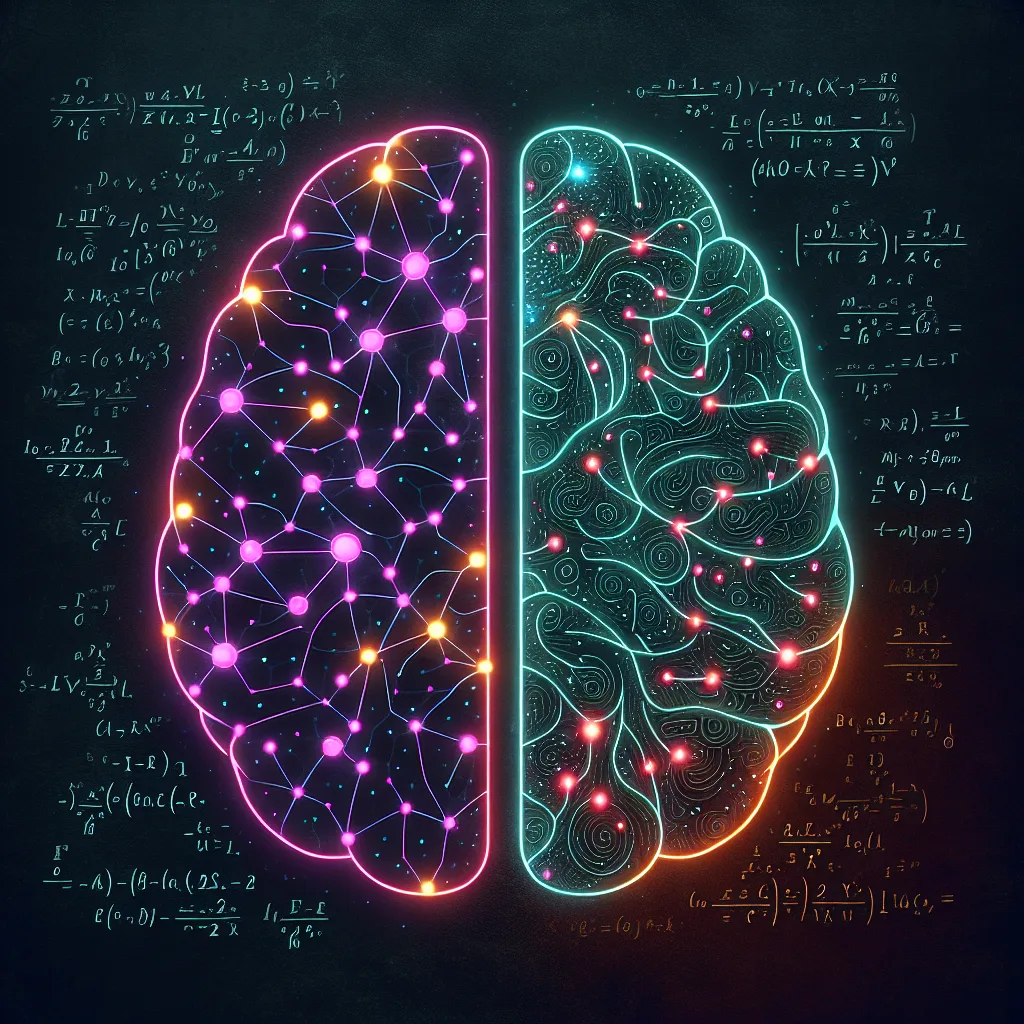If you want to understand the future of artificial intelligence, these are the non-technical books about AI you should be reading in 2025.
It feels like everyone is talking about artificial intelligence, right? It’s at the point where you can’t scroll through the news or have a conversation about the future of, well, anything without AI coming up. But here’s the thing: most of the conversation is either super technical, full of code and algorithms, or it’s just surface-level hype. I found myself wanting to go deeper, but not into the weeds of machine learning. I wanted to find the best books about AI that tackle the big, human questions: Where is this technology actually going? What does it mean for our jobs, our society, and what it means to be human?
If you’re in the same boat, you’re in the right place. I’m not interested in textbooks. I’m interested in the insights from people who are deep in the industry, thinking about the strategic and ethical questions. After going down a rabbit hole, I’ve found a few incredible reads that are perfect for anyone who wants to be informed about our shared future.
Why You Should Read Broader Books About AI
Before I share my list, let’s talk about why this kind of reading is so important right now. Understanding AI isn’t just for software engineers anymore. It’s for artists, teachers, managers, parents, and anyone who is curious about the next few decades.
Knowing the basics of how large language models work is one thing, but understanding the potential second-order effects is something else entirely. These books provide a mental framework for thinking about the future. They help you cut through the noise and form your own informed opinions instead of just reacting to the latest headline. They’re less about the “how” and all about the “what if” and “what now?”
My Top Non-Technical AI Book Recommendations for 2025
After a lot of searching, these are the books that have stuck with me. They’re accessible, thought-provoking, and written by people with a deep understanding of the field.
- “The Coming Wave: Technology, Power, and the Twenty-first Century’s Greatest Dilemma” by Mustafa Suleyman
If you read just one book, make it this one. Suleyman is the co-founder of DeepMind (which Google acquired) and now the CEO of Microsoft AI. He’s a true insider, and he lays out the immense promise and the terrifying risks of AI and synthetic biology with incredible clarity. He’s not a doomsayer or a utopian; he’s a pragmatist. The book gives you a powerful lens for understanding the immense power of these new technologies and the “containment problem” we face. It’s a compelling, urgent read. You can find more about it directly from the publisher, Simon & Schuster.
- “Superintelligence: Paths, Dangers, Strategies” by Nick Bostrom
This one is a bit more academic, but it’s a foundational text that has shaped much of the conversation around AI safety. Bostrom, a philosopher at Oxford, doesn’t mess around. He methodically walks through the arguments for why a superintelligent AI could pose an existential risk to humanity. It’s not a light beach read, but it’s essential for grasping the high-stakes, long-term conversations happening in AI ethics and safety research.
-
“AI Superpowers: China, Silicon Valley, and the New World Order” by Kai-Fu Lee
To understand the future of AI, you have to understand the global landscape. Kai-Fu Lee, a former executive at Apple, Microsoft, and Google, and a major venture capitalist in China, provides an unparalleled look at the AI competition between the US and China. He explains the different strengths each country brings to the table and what the race for AI dominance means for the global economy. It’s a fascinating look at the geopolitical side of the story.
What These AI Future Books Have in Common
The common thread in all these books is a sense of perspective. They pull the lens back from the day-to-day product launches and technical papers to show the bigger picture. They treat AI not just as a tool, but as a force that is already reshaping power, culture, and economics.
As the MIT Technology Review often discusses, looking at the big picture is crucial for navigating the development of this technology responsibly. Reading these books about AI helps you do just that. It equips you to participate in the conversation in a meaningful way, whether that’s at the dinner table or in a boardroom.
It’s easy to feel like we’re just passengers on this journey. But being well-read and informed gives us a bit more agency. It allows us to be part of the discussion and to advocate for a future we actually want to live in. So, grab a coffee, pick up one of these books, and get ready to think.






